Example: This rainy weather could ruin our road trip today.
We don't know if it will ruin it 100% but there is a chance and probability.
Whereas the modal verb "can" leaves very little possibility or chance. It's almost certain.
Example: I can speak Spanish.
It is certain that I can speak Spanish.
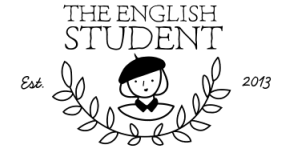
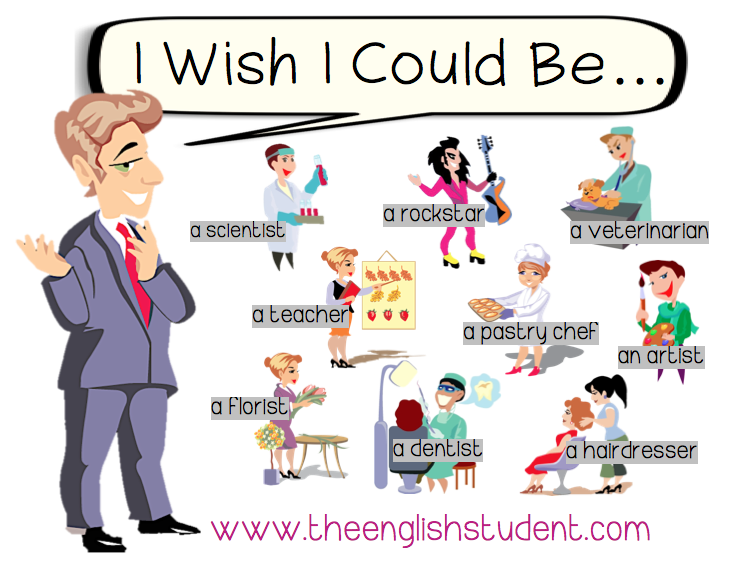

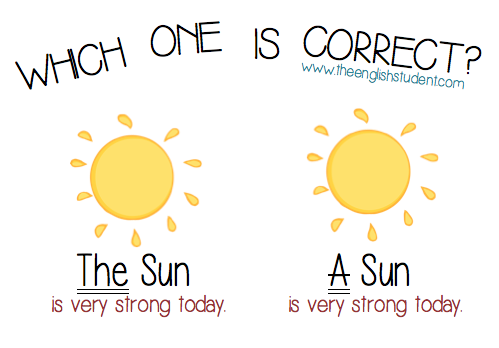


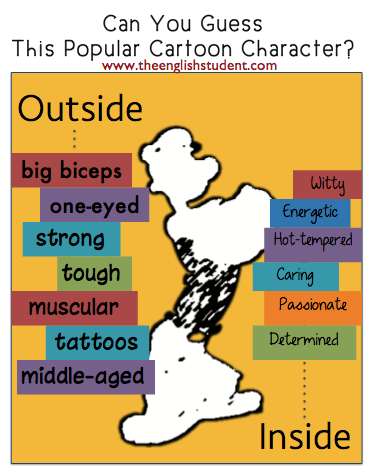
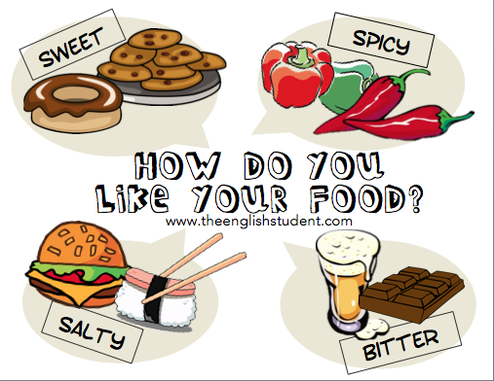
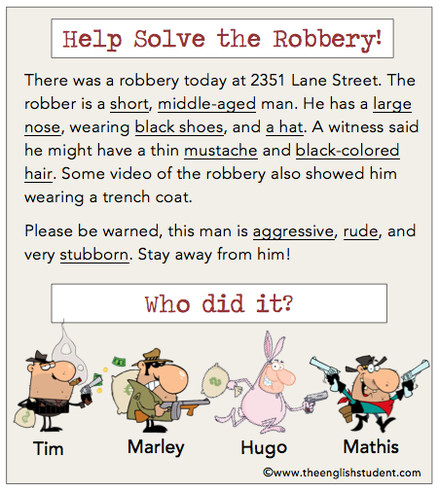
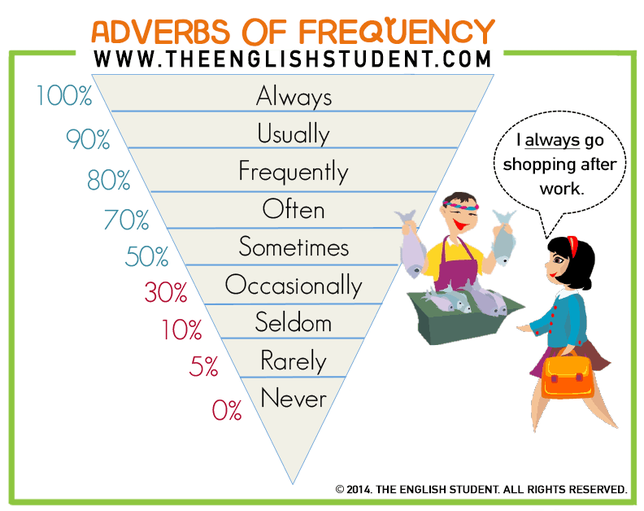







 RSS Feed
RSS Feed
